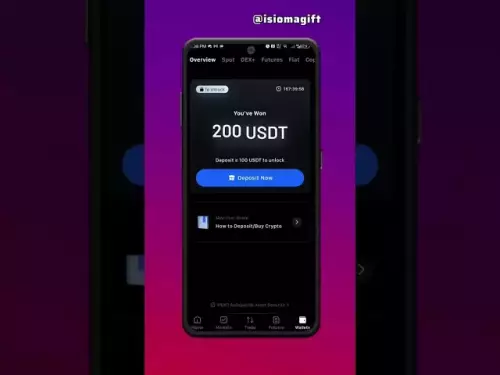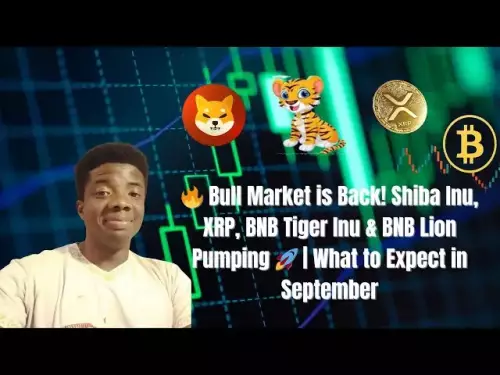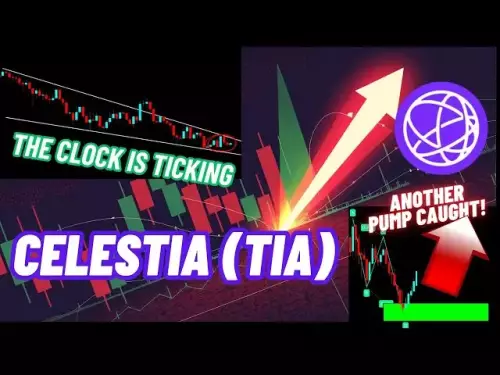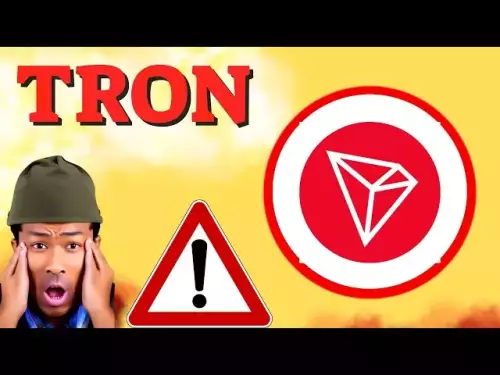-
 Bitcoin
Bitcoin $110300
2.62% -
 Ethereum
Ethereum $4378
-0.34% -
 Tether USDt
Tether USDt $0.9999
-0.01% -
 XRP
XRP $2.797
2.18% -
 BNB
BNB $851.8
-0.22% -
 Solana
Solana $202.3
2.23% -
 USDC
USDC $0.9998
-0.01% -
 Dogecoin
Dogecoin $0.2134
1.75% -
 TRON
TRON $0.3395
0.56% -
 Cardano
Cardano $0.8165
1.39% -
 Chainlink
Chainlink $23.23
1.20% -
 Hyperliquid
Hyperliquid $44.31
0.26% -
 Ethena USDe
Ethena USDe $1.001
0.00% -
 Sui
Sui $3.285
3.78% -
 Stellar
Stellar $0.3611
3.68% -
 Bitcoin Cash
Bitcoin Cash $564.6
5.91% -
 Avalanche
Avalanche $23.78
3.05% -
 Hedera
Hedera $0.2186
1.98% -
 UNUS SED LEO
UNUS SED LEO $9.577
-0.45% -
 Cronos
Cronos $0.2628
-4.43% -
 Litecoin
Litecoin $110.5
2.60% -
 Toncoin
Toncoin $3.141
0.91% -
 Shiba Inu
Shiba Inu $0.00001225
2.12% -
 Polkadot
Polkadot $3.778
2.86% -
 Uniswap
Uniswap $9.555
1.79% -
 World Liberty Financial
World Liberty Financial $0.2341
2.39% -
 Dai
Dai $0.9999
0.01% -
 Bitget Token
Bitget Token $4.695
3.83% -
 Monero
Monero $263.2
-1.55% -
 Aave
Aave $311.1
0.14%
What are futures and options in crypto?
Crypto futures and options offer leveraged exposure and strategic flexibility, enabling hedging, speculation, and volatility trading on platforms like Binance and Deribit.
Sep 02, 2025 at 08:37 am
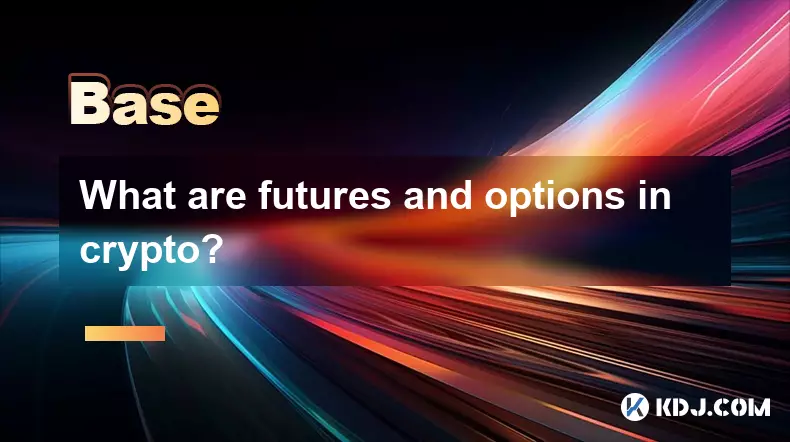
Futures in Cryptocurrency Trading
1. Futures contracts in the crypto market are agreements to buy or sell a specific cryptocurrency at a predetermined price on a set date in the future. These instruments allow traders to speculate on the price movement of digital assets without owning the underlying coin.
2. Crypto futures are typically traded on specialized derivatives exchanges such as Binance, Bybit, and OKX. These platforms offer both quarterly and perpetual futures contracts, with the latter having no expiration date due to the funding rate mechanism that keeps the contract price close to the spot price.
3. Traders use futures to hedge their portfolios or to gain leveraged exposure. Leverage enables positions much larger than the initial margin, amplifying both potential profits and losses. This high-risk, high-reward nature makes futures popular among experienced traders.
4. The settlement of futures can occur in cash or in the actual cryptocurrency, depending on the exchange and contract type. Cash-settled contracts pay out the price difference, while physically settled ones require delivery of the asset upon expiry.
5. Futures markets provide crucial price discovery and liquidity for the broader crypto ecosystem, reflecting market sentiment and enabling sophisticated trading strategies.
Options in the Crypto Market
1. Crypto options give the holder the right, but not the obligation, to buy (call option) or sell (put option) a cryptocurrency at a specified strike price before or on the expiration date. This flexibility distinguishes options from futures, where both parties are obligated to fulfill the contract.
2. Options are used for hedging, income generation through premium selling, or directional bets with limited downside. For example, a trader holding Bitcoin might buy a put option to protect against a price drop, paying a premium for this insurance.
3. The two main types of options are American-style, which can be exercised anytime before expiry, and European-style, exercisable only at expiration. Most crypto options on major exchanges follow the European model.
4. Premiums for options are influenced by factors like the underlying asset’s price, volatility, time to expiration, and strike price. High volatility in crypto markets often leads to higher option premiums due to increased uncertainty.
5. Options offer strategic versatility, allowing traders to construct complex positions such as straddles, strangles, and spreads to profit from volatility or range-bound markets.
Risks and Mechanics of Crypto Derivatives
1. Both futures and options are leveraged instruments, meaning small price movements can lead to significant gains or losses. Margin calls and liquidations are common in volatile markets, especially when leverage exceeds 10x.
2. The decentralized nature of crypto markets means regulatory oversight varies by jurisdiction. Some countries restrict or ban derivatives trading, while others allow it under strict licensing conditions.
3. Funding rates in perpetual futures can impact holding costs. When long positions dominate, funding rates are positive, requiring longs to pay shorts. This mechanism balances market sentiment and prevents extreme divergence from spot prices.
4. Options decay over time due to theta, which erodes the extrinsic value as expiration approaches. This time decay benefits option sellers and works against buyers who rely on large price moves.
5. Market manipulation and low liquidity on smaller exchanges can distort pricing and execution, making it essential to trade derivatives on reputable, high-volume platforms.
Common Questions About Crypto Futures and Options
What is the difference between a futures contract and an option in crypto?A futures contract obligates both parties to execute the trade at a future date, while an option gives the buyer the right—but not the obligation—to buy or sell the asset. This means options have limited risk (the premium paid), whereas futures expose traders to potentially unlimited losses.
How does leverage work in crypto futures trading?Leverage allows traders to control a large position with a small amount of capital, known as margin. For example, 20x leverage means a $1,000 margin can control a $20,000 position. While this magnifies gains, it also increases the risk of liquidation if the market moves against the position.
Can retail investors trade crypto options?Yes, several exchanges like Deribit, OKX, and Binance offer crypto options to retail users. However, these instruments require a solid understanding of pricing models, volatility, and risk management. Many platforms provide educational resources and demo accounts for beginners.
What role does implied volatility play in crypto options pricing?Implied volatility reflects the market’s expectation of future price swings. Higher implied volatility increases option premiums because there’s a greater chance the price will reach the strike. Events like halvings or macroeconomic news often spike implied volatility in the crypto space.
Disclaimer:info@kdj.com
The information provided is not trading advice. kdj.com does not assume any responsibility for any investments made based on the information provided in this article. Cryptocurrencies are highly volatile and it is highly recommended that you invest with caution after thorough research!
If you believe that the content used on this website infringes your copyright, please contact us immediately (info@kdj.com) and we will delete it promptly.
- Crypto's Intrinsic Value Under Scrutiny: What Nominee Lee's Views Mean for the Future
- 2025-09-02 09:40:13
- Moonchain, Binance Alpha, and DePIN Adoption: A New Era?
- 2025-09-02 09:40:13
- Pi Coin's Price Predicament: Crypto Collapse Concerns and the Allure of Alternatives
- 2025-09-02 09:45:12
- Fartcoin's Rocky Road: Wyckoff Redistribution and Lower Lows?
- 2025-09-02 09:45:12
- Worldcoin's Wild Ride: Symmetrical Triangle Points to a $4 Target?
- 2025-09-02 09:50:13
- Crypto, Meme-to-Earn, and Presales: Is MAGAX the Next Big Thing?
- 2025-09-02 09:50:13
Related knowledge
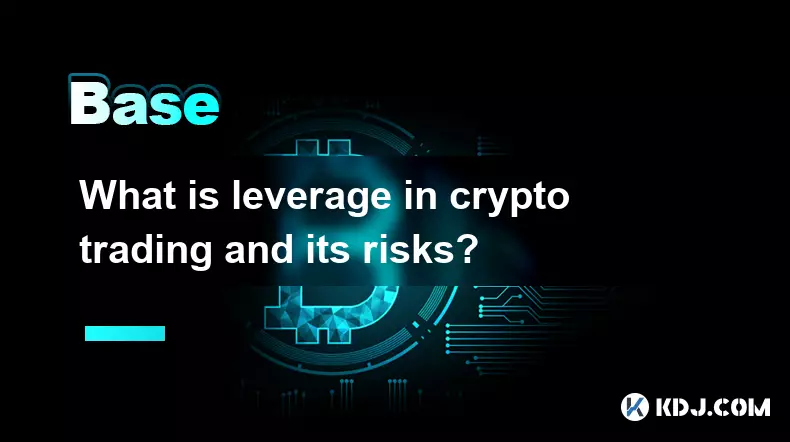
What is leverage in crypto trading and its risks?
Sep 02,2025 at 10:54am
Understanding Leverage in Crypto Trading1. Leverage in crypto trading allows traders to borrow funds to increase the size of their trading positions b...

How do flash loans work?
Sep 02,2025 at 11:36am
Understanding Flash Loans in Decentralized FinanceFlash loans represent one of the most innovative mechanisms in the decentralized finance (DeFi) ecos...
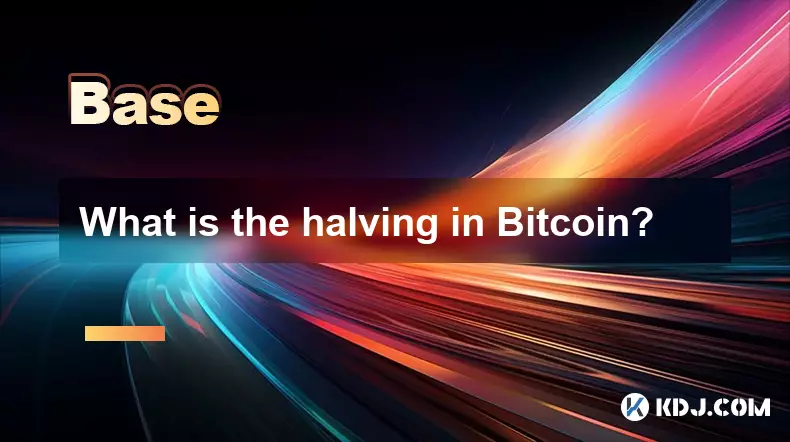
What is the halving in Bitcoin?
Aug 30,2025 at 10:18pm
Understanding Bitcoin Halving1. The Bitcoin halving is an event coded into the blockchain’s protocol that reduces the reward miners receive for valida...
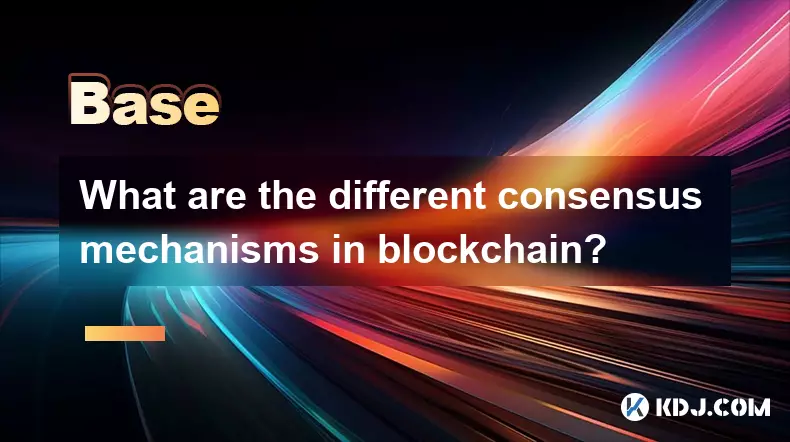
What are the different consensus mechanisms in blockchain?
Sep 01,2025 at 03:54pm
Proof of Work and Its Role in Blockchain Security1. Proof of Work (PoW) is one of the earliest and most widely recognized consensus mechanisms, primar...
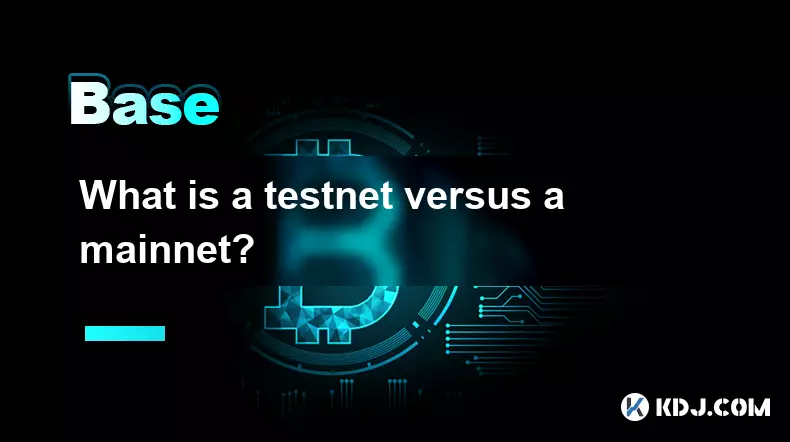
What is a testnet versus a mainnet?
Aug 30,2025 at 06:54pm
Understanding the Role of Testnets in Blockchain Development1. A testnet serves as a parallel blockchain environment designed specifically for develop...
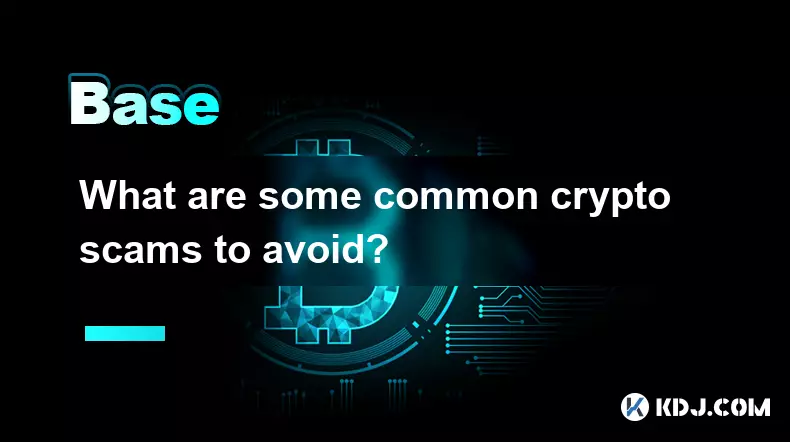
What are some common crypto scams to avoid?
Sep 01,2025 at 06:18am
Crypto Scams Involving Fake Exchanges1. Fraudulent platforms often mimic legitimate exchanges by using similar names and logos to deceive users. These...

What is leverage in crypto trading and its risks?
Sep 02,2025 at 10:54am
Understanding Leverage in Crypto Trading1. Leverage in crypto trading allows traders to borrow funds to increase the size of their trading positions b...

How do flash loans work?
Sep 02,2025 at 11:36am
Understanding Flash Loans in Decentralized FinanceFlash loans represent one of the most innovative mechanisms in the decentralized finance (DeFi) ecos...

What is the halving in Bitcoin?
Aug 30,2025 at 10:18pm
Understanding Bitcoin Halving1. The Bitcoin halving is an event coded into the blockchain’s protocol that reduces the reward miners receive for valida...

What are the different consensus mechanisms in blockchain?
Sep 01,2025 at 03:54pm
Proof of Work and Its Role in Blockchain Security1. Proof of Work (PoW) is one of the earliest and most widely recognized consensus mechanisms, primar...

What is a testnet versus a mainnet?
Aug 30,2025 at 06:54pm
Understanding the Role of Testnets in Blockchain Development1. A testnet serves as a parallel blockchain environment designed specifically for develop...

What are some common crypto scams to avoid?
Sep 01,2025 at 06:18am
Crypto Scams Involving Fake Exchanges1. Fraudulent platforms often mimic legitimate exchanges by using similar names and logos to deceive users. These...
See all articles























